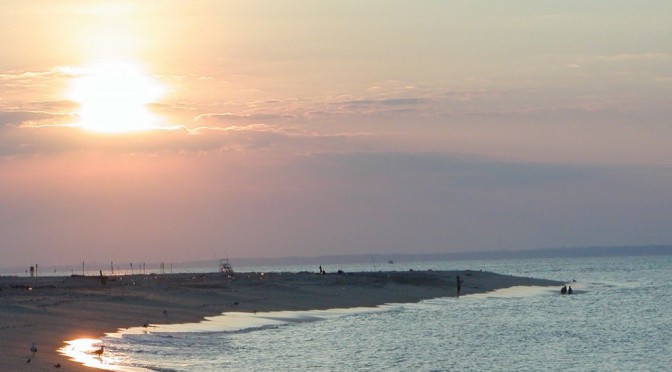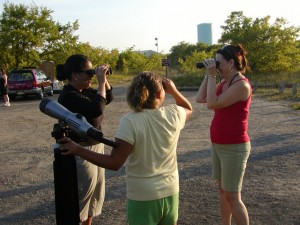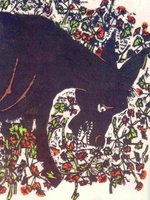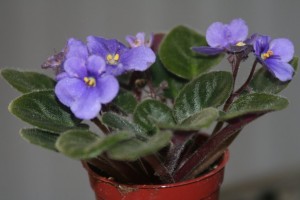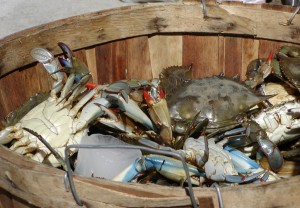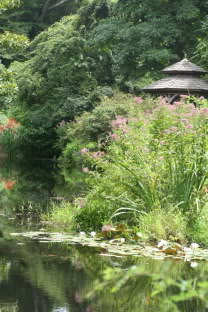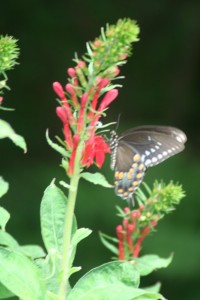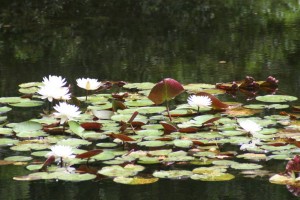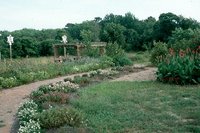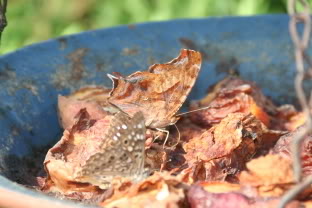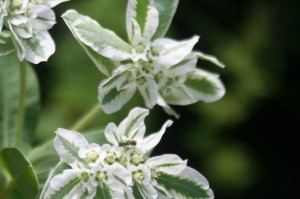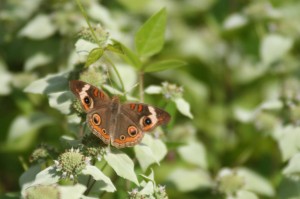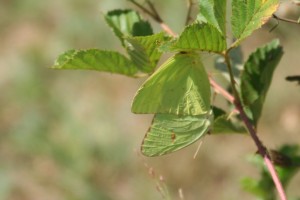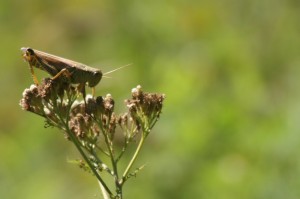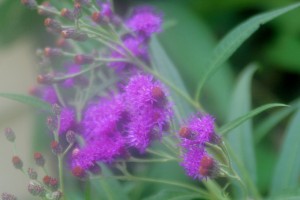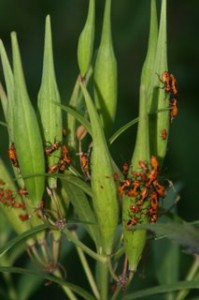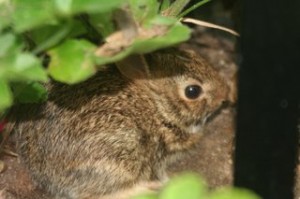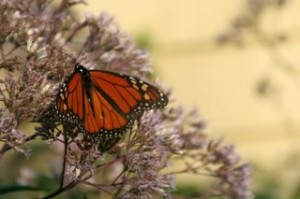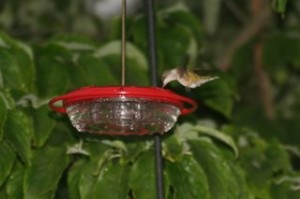 Group nature walks have spoiled me, I think. While I don’t need to pay too much attention on bird walks, it’s comforting to have a naturalist closeby to ID a bird I don’t know. I don’t often bird with a group anymore, but when I do I use the naturalist to help me learn a birdsong or a tree or the name of a wildflower. At last night’s bird walk I learned Partridge Pea and Bouncing Bet.
Group nature walks have spoiled me, I think. While I don’t need to pay too much attention on bird walks, it’s comforting to have a naturalist closeby to ID a bird I don’t know. I don’t often bird with a group anymore, but when I do I use the naturalist to help me learn a birdsong or a tree or the name of a wildflower. At last night’s bird walk I learned Partridge Pea and Bouncing Bet.
I have a few wildflower books, but haven’t learned how to *key* a plant properly. It’s laziness, I admit, but I tend to rely on my better knowledge of cultivated plants, rather than a wildflower guide, to help me ID a plant. Last night the Bouncing Bet reminded me of Phlox, so had I not been able to simply ask the naturalist for an ID, I’d have come home and searched through my Newcomb’s Guide for a flower that reminded me of Phlox. The Partridge Pea looked very similar to Crown Vetch, so that one I might’ve figured out easily enough on my own.
This 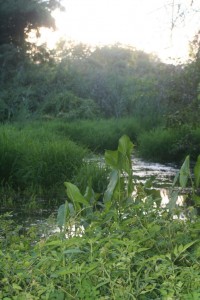 evening I took Buddy for a walk to the farm pond and stream that are down the street. The environmental commision here in town has recently made this wetland area their *project* for improvements; they’ve removed a lot of the vegetation from the borders of this pond. This concerns me because I think it will only make the area even more attractive to Canada Geese (they frequent the adjoining athletic fields) – I often find herons and sandpipers here and a pair or two of mallards, but hardly ever any geese. They’ve also made and mulched a narrow trail through the wet woods which makes walking there more pleasant.
evening I took Buddy for a walk to the farm pond and stream that are down the street. The environmental commision here in town has recently made this wetland area their *project* for improvements; they’ve removed a lot of the vegetation from the borders of this pond. This concerns me because I think it will only make the area even more attractive to Canada Geese (they frequent the adjoining athletic fields) – I often find herons and sandpipers here and a pair or two of mallards, but hardly ever any geese. They’ve also made and mulched a narrow trail through the wet woods which makes walking there more pleasant.
I found the plant pictured above right growing all along the stream bank. The flowers look very familiar to me, but I’m not certain what it is and my wildflower guides have only further confused me. I’m nearly certain it’s a Eupatorium – maybe Eupatorium coelestinum, most commonly known as Mistflower, but the flowers (which haven’t opened completely yet) don’t look right for this ID. Also, it seems to be growing as a vine, or maybe that is some other plant vining up through it. To further confuse the issue, this flower could be a *cultivated* one, rather than wild, because a plant nursery shares the property. I would really appreciate if any readers can help me guess what this pretty plant might be.
One group of plants that I almost always recognize is Viburnums; they are a favorit e. These beautiful berries belong to a Cranberrybush Viburnum that grows along the woods edge beside the nursery. Whenever I walk by, I have a look to check on the progress of flower or fruit and remind myself that I really would like a few of these at home. I just need to find a place for them.
e. These beautiful berries belong to a Cranberrybush Viburnum that grows along the woods edge beside the nursery. Whenever I walk by, I have a look to check on the progress of flower or fruit and remind myself that I really would like a few of these at home. I just need to find a place for them.
